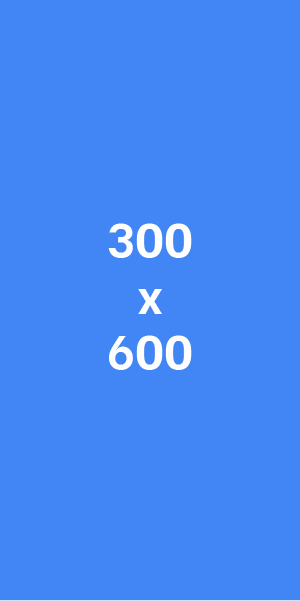What is the maximum size a WebP image can be?
The maximum dimensions for a WebP image are a substantial 16,383 pixels by 16,383 pixels, offering more flexibility compared to some other image formats. However, there are important considerations beyond just technical limitations when choosing the size of your WebP images.
Balancing Quality and Performance:
While WebP excels at compressing images without sacrificing significant quality, very large images will still result in larger file sizes. This can have a negative impact on your website's loading speed, especially for users on slower internet connections. Search engines also consider website loading speed as a ranking factor, so keeping file sizes in check is crucial for Search Engine Optimization (SEO).
Responsive Design and User Experience:
The way users interact with websites has evolved significantly. Responsive design ensures your website adapts to different screen sizes, from desktop monitors to tablets and smartphones. Extremely large WebP images might not display correctly on all devices, potentially causing users to scroll excessively or zoom in to see the entire image. This can create a frustrating user experience and lead visitors to abandon your site.
Optimizing for WebP:
Here are some strategies to optimize your WebP images and achieve a good balance between quality and performance:
- Resize before conversion: Resize your images to an appropriate size for your website's layout before converting them to WebP. This will significantly reduce the file size without compromising the quality for the intended use case. There are many online tools and software programs available to assist with image resizing.
- Consider different quality settings: WebP offers different quality levels that can be adjusted during conversion. Striking a balance between a visually acceptable image and a smaller file size is key. Tools like online converters or software like Squoosh by Google can help you experiment with different quality settings and find the sweet spot for your needs.
- Explore alternative image formats: For very large images, especially those with complex details, other formats like JPEG 2000 or AVIF might offer better compression than WebP while maintaining quality. However, keep in mind that browser support for these formats might be lower compared to WebP.
By understanding the limitations and employing optimization techniques, you can leverage WebP's advantages to deliver high-quality images that enhance your website's visual appeal without compromising its performance or user experience.
